Tone deaf, or in need of a fine tune? Finding the right tone of voice in communication
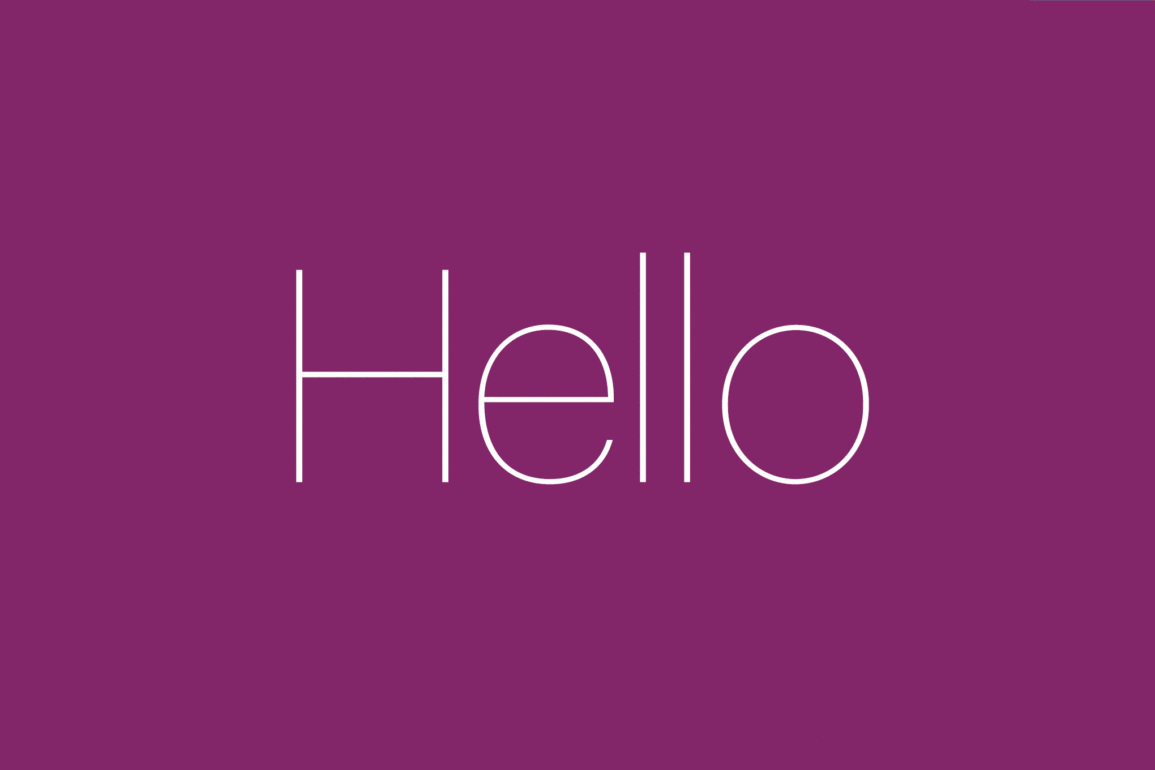
Your brand needs to be heard. Most businesses already know that. What they don’t know is that it’s not about “what” you say, as much as “how” you say it.
In branding, “tone of voice” accounts for everything from your use of language and grammar to your rhythm, and your personality. Your tone of voice in communication will inform your blogs, website copy, social media messages, and even your emails.
At Fabrik, we usually address tone of voice after differentiation and positioning. After all, the more you know about where your company stands, the more you know how to speak to your audience. Usually, brands see tone of voice as something that’s communicated by a creative director or writer, but they’re not sure what that voice should sound like, or how to keep it consistent.
Tone of voice is one of the easiest ways to convey your personality online. However, every piece of your communication strategy needs to follow the same tone of voice guidelines if you want to create a powerful connection with your audience. It’s not enough to rely on a one-off headline or campaign slogan to convey the heart and soul of your company.
After years of being constantly “marketed at”, today’s consumers are putting their walls up and blocking out messaging that doesn’t resonate with them on a personal level. Brands must learn how to evolve and convey the tone to an audience that’s ready, and willing to listen. In other words, faking it won’t do – you need a tone of voice that’s consistent, genuine, and personable to make an impact.
So, where does it all start? How can you find your tone of voice definition, and make sure that you’re heard amongst the roar of competing businesses?
Well, let’s find out.
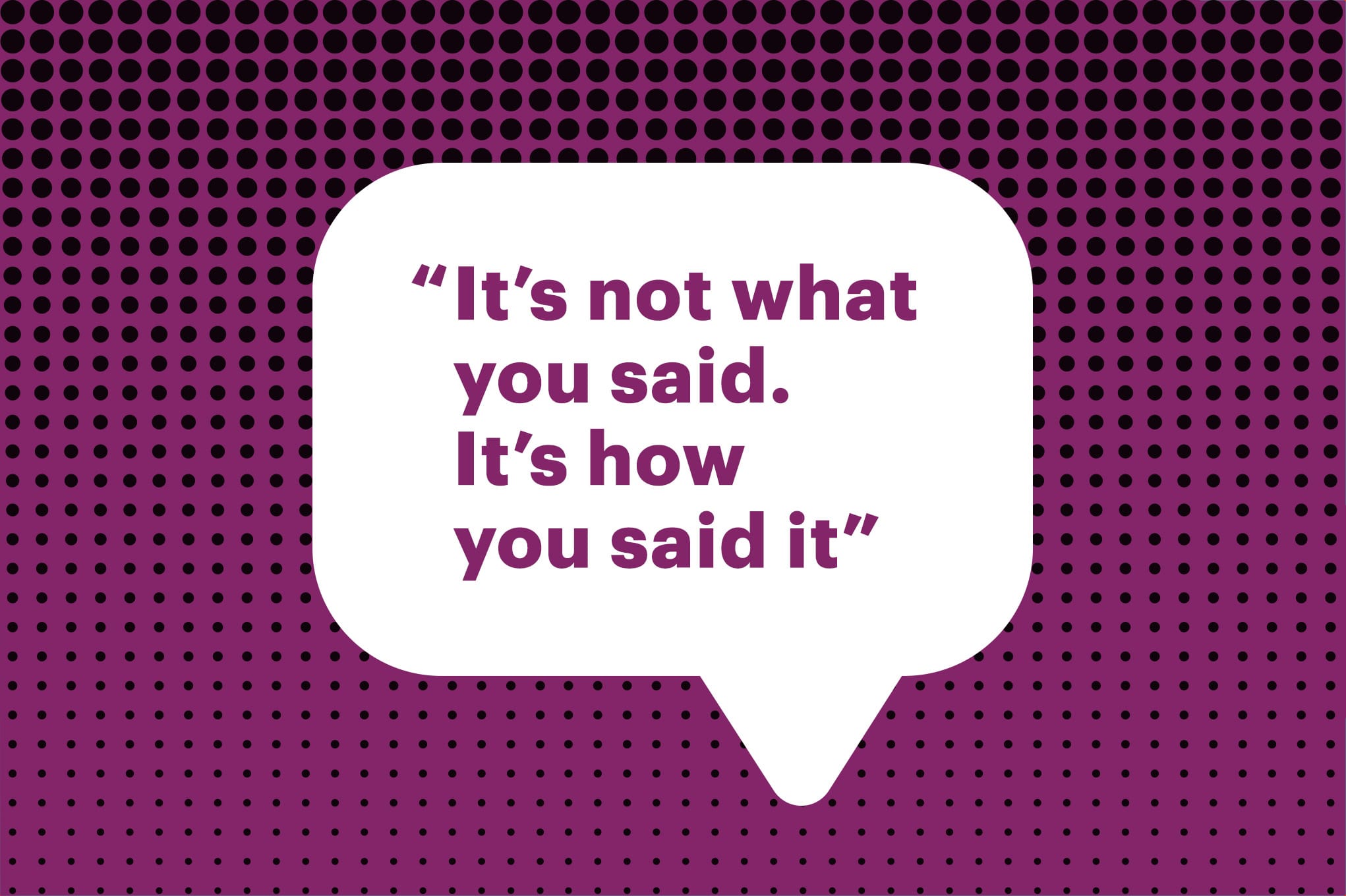
Why does consistent tone of voice in communication matter?
First of all, let’s take a look at the importance of consistency in brand voice.
After all, finding your tone of voice is one thing, maintaining that tone in everything you do is something else entirely. The chances are that you’re not going to have one guy in your company responsible for all your external communication. That means that you’re going to need to come up with tone of voice guidelines that inform every connection your business has with potential clients.
We’ll touch on guidelines a little later, but for now, let’s start by outlining the fact that the way someone speaks is one of the first things people notice about them. Rude, dull, enthusiastic, polite – we all make instant judgments about people based on the way they speak. The same is true for brands. Your tone of voice will dictate how your customers remember you.
Think of it this way, there are countless ways you can articulate a simple request to your audience:
- Improve your business reach today with effective branding specialists!
- Could you benefit from branding help?
- Hire branding specialists.
Carefully chosen words can easily influence, persuade, or dissuade an audience. For instance, politicians often use simple, short sentences to appear confident, and honest. Alternatively, financial companies frequently use jargon to show “professionalism”.
Here are a few reasons why your brand voice matters:
1. Tone of voice makes you the preferred choice
Having a clear and recognisable tone of voice that extends all the way from your marketing brochures, to your website, helps to set you apart from your competitors. To many buyers, most professional services and products look essentially the same. That means that making a decision often comes down to a matter of price, and emotional drive.
Since getting into a price war isn’t a great way to grow your company, you’re going to need to focus on that “emotional” connection. When you can show your customer characteristics of your personality through your tone of voice, you allow them to resonate with your company. Those connections make you memorable, and ensure that you’ll be the preferred choice for your customers.
2. Tone of voice helps with brand affinity
Brand affinity and brand loyalty are essential to modern companies. After all, we’re living in a world where people want to buy from the brands they feel an emotional connection with. We trust people far more than we trust companies and products. What better way to breathe life into your organisation, than by giving it a voice?
Think of your business as a person, with a background as rich and diverse as the background of your favourite customers. The more you can personalise your brand with a tone of voice and a rich communication strategy, the more you can start building profitable connections with your customers.

3. Tone of voice tells customers who you are
Last, but not least, your tone of voice in communication shapes your audiences’ expectations of how your brand will interact with them in the future, and what kind of relationship they can look forward to. A strong tone of voice definition can give you the option to advertise yourself in the best way possible. For instance, if you want to attract business people, you’ll need a professional, authoritative tone.
Remember, regardless of the tone of voice traits you choose, make sure that you find something that’s authentic, honest, and consistent. There are many types of tone of voice out there, and it’s up to you to find one that truly reflects your values as a business.
Ultimately, your brand tone of voice is a fundamental feature of your company. That means that no-one, not even a professional branding company, can give it to you. Instead, you need to discover it for yourself, learn how to nurture it, and know when to use it consistently. The risks of failing to follow tone of voice guidelines are confusing presence, scattered messaging, and ultimately, missed opportunities for your business.
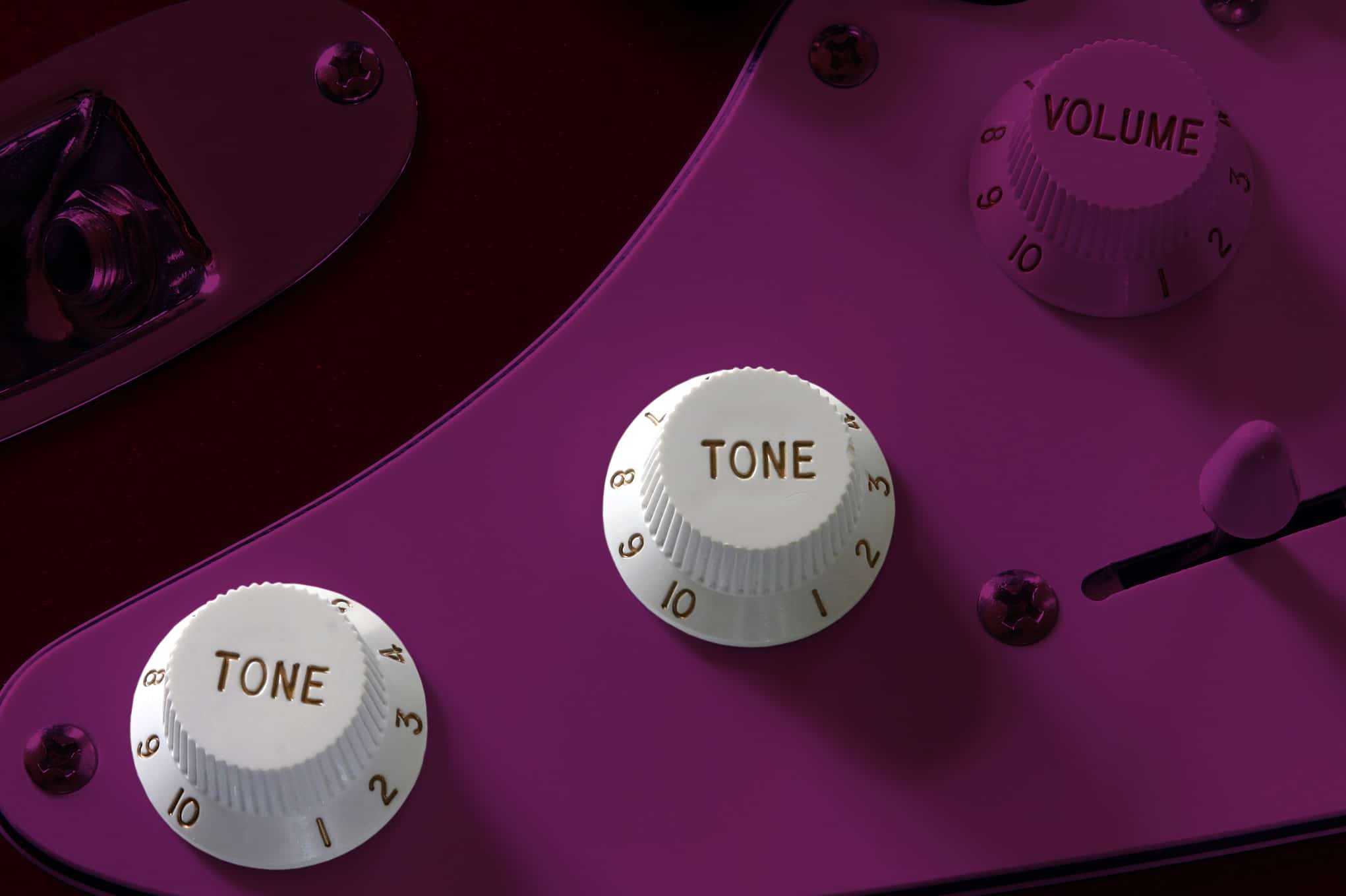
Tone of voice definition: Where to find your voice
So, how do you find your tone of voice?
Unless you’re building a personal brand, you won’t be able to jot some of your key characteristics down on paper and go from there. Instead, you’ll need to think carefully about your business, and what you’re trying to accomplish.
A tone of voice in communication is an expression of your brand’s way of thinking. Unfortunately, that means that it can’t be simply created on a whim, or based on an existing trend in your industry. You need to look at “who” you are as a company – and that can be a complicated process.
Finding your voice means establishing your tone of voice guidelines, so here’s how you can begin:
1. Think about your brand values
A great place to start when you’re looking for tone of voice guidelines, is within your brand manifesto. Here, you’ll be able to dive into the values that shape your company. For instance, you might be all about “value for money”, or your focus might be entirely on sourcing your products from ethical places.
Consider the character of your brand, and choose three words that really emphasise what you’re all about. For instance, you might be helpful, reliable, and inspirational. Once you’ve found those three words, you’ll need to make sure that every aspect of your company, from your culture to your tone of voice, is tailored to meet those standards.
2. Decide on your goals and ambitions
Once you’ve got a handle on your values, think about what you want to achieve as a brand after you’ve defined your tone of voice. Pro tip: your goal shouldn’t just be “making a lot of money”. Think about whether you want to be a source of authoritative information in your industry or the ultimate provider of great customer service.
By looking at your ambitions, you can start to work backward, and think about how your audience will need to view you, and what you need to do to make the right impression.
3. Work on your personality
Even if you haven’t devoted a lot of time and effort to building your own brand personality guidelines, you should have a general idea of who your company is. Remember, your audience will decide whether they like your business, based on your personality.
Think about the kind of language you use in your content marketing, and when speaking to existing customers. How formal should your tone of voice be? What kind of language would a business with your personality be comfortable using? We’ll look at language a little more soon.
4. Make sure you focus on your customers
One of the easiest ways to make sure that your tone of voice is effective is to focus on your customers first. Look at consumer feedback to see what your existing clients think about your brand, or hold a survey on social media that asks your followers to describe you in a single word.
You can even delve into your user personas and try to play business matchmaker. In other words, think about what kind of business would fit best with the user personas you’ve created. If your ideal customer is nervous, professional, and careful, then your company might need to be reassuring, knowledgeable, and reliable.
5. Create your tone of voice guidelines
Finally, with all of the most essential information about your personality, customers, and goals in place, you’ll be able to build your tone of voice guidelines. Creating a “style guide”, will help you to communicate your message to your audience in a way that reflects your overall brand.
Of course, since your tone of voice is an essential feature in helping customers to identify your company, it’s crucial to use it whenever you’re investing in communication. That means that you need the same tone of voice in your blogs, social media posts, videos, literature, web design and everything else.
Creating tone of voice guidelines can ensure you have something to give to your employees that help them understand exactly what they need to convey when they represent your brand. Remember to provide examples of tone of voice, and what it should look like in different communication platforms and situations.
Examples of tone of voice done right
Speaking of examples – they can be incredibly helpful not just for your tone of voice guidelines, but also for helping you to define your brand.
Importantly, tone of voice isn’t just a “spin”, or flavour that you add to your company during different campaigns. Instead, it’s something that carries all of the implicit messages that you need to communicate about what your brand represents, who your company is, and who the people are behind your business.
Here are a few examples of tone of voice done right, from some of our favourite brands.
1. Digg
Digg is a company that offers businesses a solution for managing their content through an RSS feed reader. Sounds complicated, doesn’t it? The good news is that Digg has removed the jargon and technical mumbo-jumbo behind their business, by offering a tone of voice that’s friendly, accessible, and appealing.
On their “About” page, Digg describes themselves as a growing team of “normal-ish” people. Instantly, they portray a friendly image, without losing their professional edge.

Digg shows us that brands with a complex business approach don’t have to be complicated in their communications. With a witty, and charming tone of voice, Digg convinces customers that working with them is easy.
2. & Other Stories
& Other Stories is a fashion brand from Sweden, with a fantastic approach to tone of voice. They’re creative, imaginative, and still not so informal that they seem unprofessional or overly gimmicky. Their copy is gentle and accessible. For instance:

On their landing page, & Other Stories takes the friendly approach to capturing leads, by using words that seem to imply you’re doing them a favour by signing up. They still outline the benefits of subscription, such as a 10% “special treat”, and insight into the latest fashion news. However, they also make customers feel valuable by saying “We’d love to tell you a story”.
3. Disney
A somewhat more well-known brand, Disney has one of the most appealing voices in the world. It’s romantic, creative, and exciting, just like the brand itself. Their slogan “Where dreams come true”, is re-iterated in everything they do. For instance, look at the excitement conveyed in the copy for purchasing Disney World tickets:
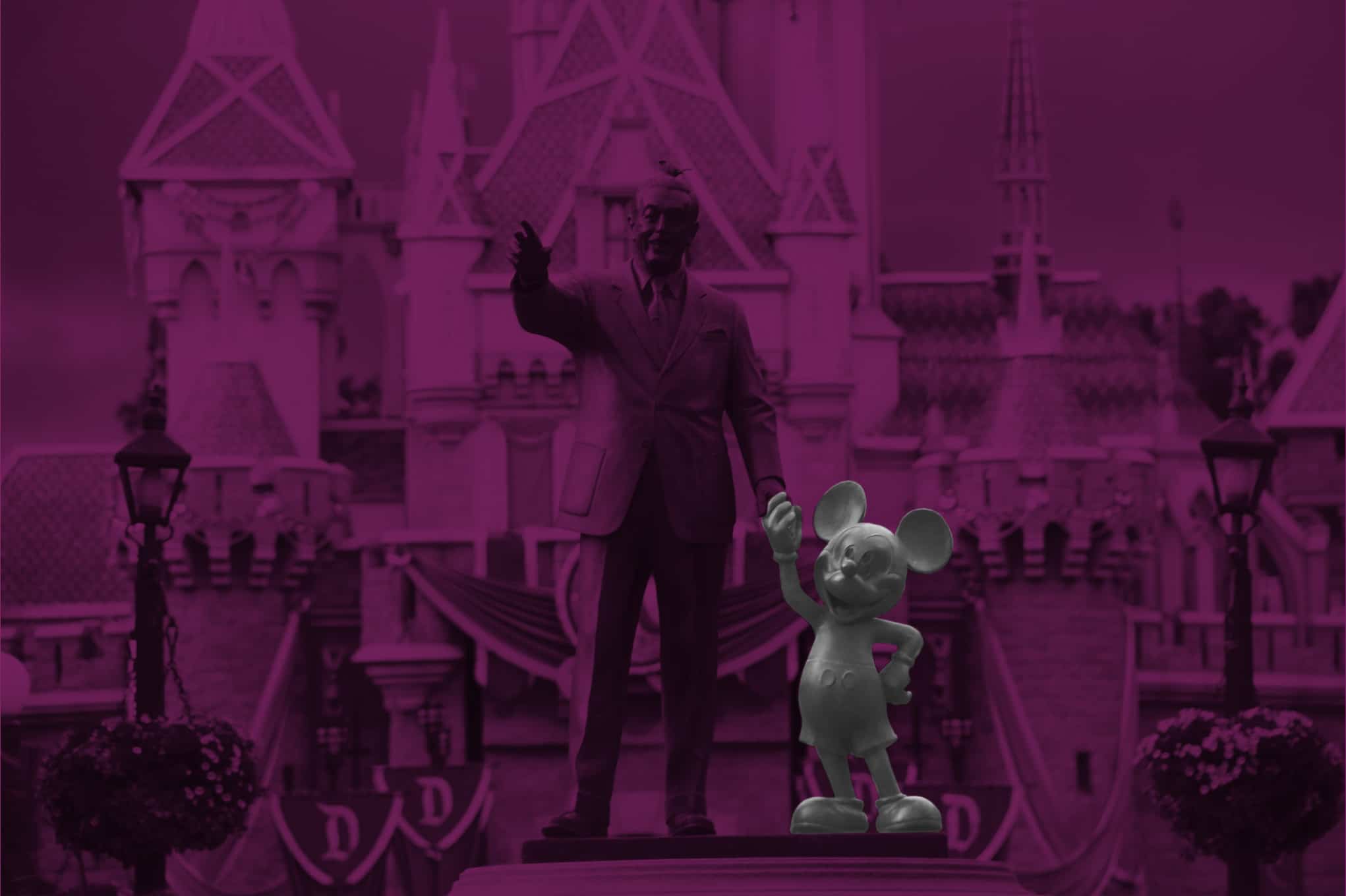
“Unforgettable happens here” is a phrase that resonates with the “dreams come true” manifesto. The use of words like “amazing”, “spectacular”, and “fun-filled”, all help to create an enthusiastic tone of voice, for a brand that’s larger than life.
4. NotOnTheHighStreet
NotOnTheHighstreet is one of the fastest-growing eCommerce businesses in the UK. The idea behind the business is to show customers something that they won’t find anywhere else, with products sourced from unique manufacturers and a range of customisable items.
NotOnTheHighstreet has a tone of voice that’s down-to-earth, enthusiastic, and quaint. They represent themselves as a company that’s just like their customers, growing from humble beginnings to a huge team dedicated to finding inspirational and innovative products.
Look at the “Why shop with us” page, for instance:

The company focuses on its enthusiasm, devotion to quality, and creativity: “our products are unique, thoughtful, and truly personal”.
5. Coca-Cola
It’s tough to write an article about tone of voice and not throw a mention out to Coca-Cola. When it comes to messaging, this is a brand that has it down to a fine art. Its tone of voice focuses on its values of being fresh, authentic, and uplifting.
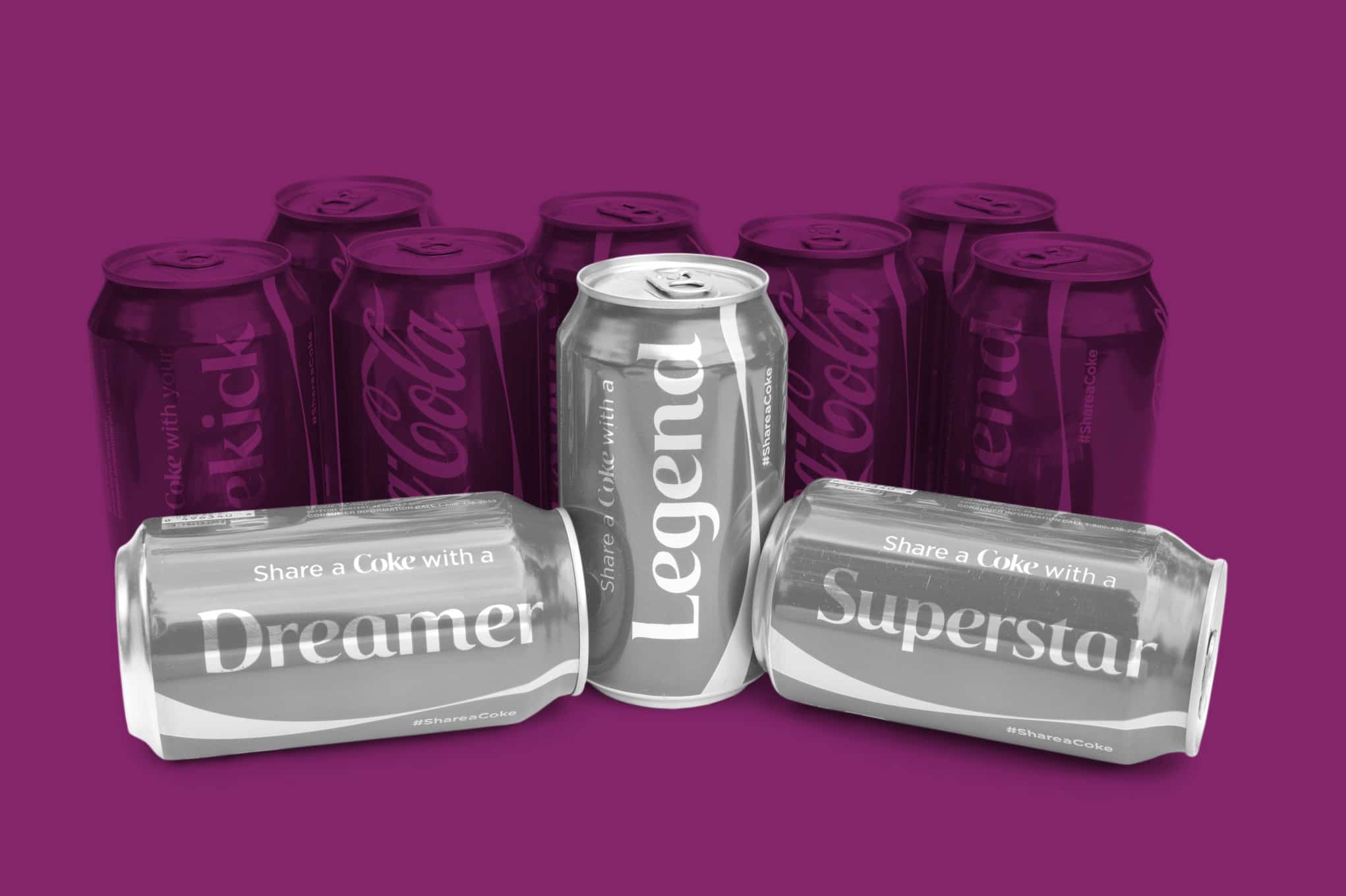
Despite constant changes in design and image over the years, Coca-Cola has stayed wonderfully true to its tone of voice, designed to evoke happiness through the joy of holiday celebrations, time spent with friends, and more. Consider the positivity in the “Share a Coke” campaign for instance:
6. Heist
Finally, a pair of tights might not seem very interesting by themselves, but clothing brand Heist has managed to evoke excitement in every aspect of its tone of voice. Established in London, with an aim to “reimagine tights”, Heist made it their mission to celebrate femininity and strength through their use of branding and communication.
By writing in a narrative that speaks directly to their reader, “you”, and keeping their tone strong, friendly, and confident, Heist represents itself as a brand for the powerful women of today.

Heist shows us that brand personality doesn’t need to be defined entirely by your company’s position, or what you sell. Instead, your tone of voice can be all about portraying what your business stands for.
Tone of voice guidelines and language use
Eventually, portraying the right tone of voice guidelines, and keeping your business on the right track will come down to your choice of which language you should use in your communication strategy. For instance, how formal do you need your tone to be?
How “formal” your brand should be, is often one of the first considerations in tone of voice. While formal language can convey professionalism it also comes with the risk that too much formality will make your brand seem stiff, boring, and dull.
On the other hand, informal language can be brimming with warmth and personality – but it’s important not to take it too far. For most brands, the perfect tone of voice will be about walking the fine line between professionalism, and human appeal.
One of the best ways to make sure that you don’t go too far in either direction with your marketing mix, is to look closely at the way you choose language. For instance, it’s all too easy to sit in front of a keyboard and try to “dress up” everything we say with fancy language when we’re trying to convey professionalism. However, too much jargon makes you look like you’re trying too hard, and can confuse your audience.
Start by making your tone of voice as simple, and straight forward as possible. Then, decide how much you want to “amp up” your personality. For instance:
- We’ve got a new offer for you.
- Check out this brand-new offer!
- Heads up! Awesome new offer coming your way!
When you decide you want an “informal” voice, it’s crucial not to go so deep into your perceived personality, that you end up alienating your audience. For instance, you’ll need to think about the following language features:
1. Using slang
Using colloquial language in your informal posts is a great way to add personality to your tone of voice. Just be careful not to make yourself look like an old man trying to sound “hip”. Use slang with caution, and if you don’t understand it, speak to someone on your team who does.
At the same time, try not to date your copy. An expression that’s popular now can easily become “cringe-worthy” within just a few months.
2. Swearing
You won’t often find a company that swears in its marketing copy. While the occasional naughty word isn’t too much trouble, injecting swearing into your overall tone of voice can be a little bit too risky. For instance, remember when BrewDog was in the doghouse for using too much offensive language?
When it comes to swearing, try to stick to minor words like “damn” and “hell” instead of those big, dangerous words that could quickly get your customers up in arms. For instance, the Barack Obama re-election campaign saw better results when “mild curse words” were used in emails.
3. Branded terms
Finally, branded terms can be used by either “formal” or “informal” brands, depending on their nature. A world of fast-paced marketing has created a new age of language brevity. We’re all constantly trying to squash words and phrases into slogans, punchy sayings, and new terms that get the point across faster.
While branded terms can be great for slogans, it’s important to make sure that they fit with your overall tone of voice. A few examples of branded-terms used in slogans include:
- O2 – Be more dog.
- Adidas – Impossible is nothing.
- Apple – Think different.
Ultimately, finding your tone of voice definition is about writing in a way that best communicates your message. It’s up to you to decide how formal, or informal your voice should be, based on your audience preferences, your goals as a company, and your brand background.

The game of tones: Finding your voice matters
In the game of tones, you win, or you…end up with a confusing and underwhelming brand.
Knowing how to use the right tone of voice to communicate with your audience can easily make or break a business – regardless of how amazing your service or product is. This is why creating and using your brand voice should be an essential element of your branding plan.
Your brand’s tone of voice is the best way to express your unique personality, and start building relationships with your customers. It’s the way you address clients over the phone, the way you write in your blog posts, and the way you communicate through social media. Tone of voice is an integral element of any company identity.
Some companies believe that finding their tone of voice is easy. However, the truth is that it takes a lot of time, reflection, and often a fair bit of help. Finding the right brand voice for your business means selecting the key traits of your brand, then communicating in a way that expresses those traits.
Remember, in everyday life, the wrong tone of voice can end relationships, start fights, and destroy opportunities. Just imagine what it could do to your brand…











